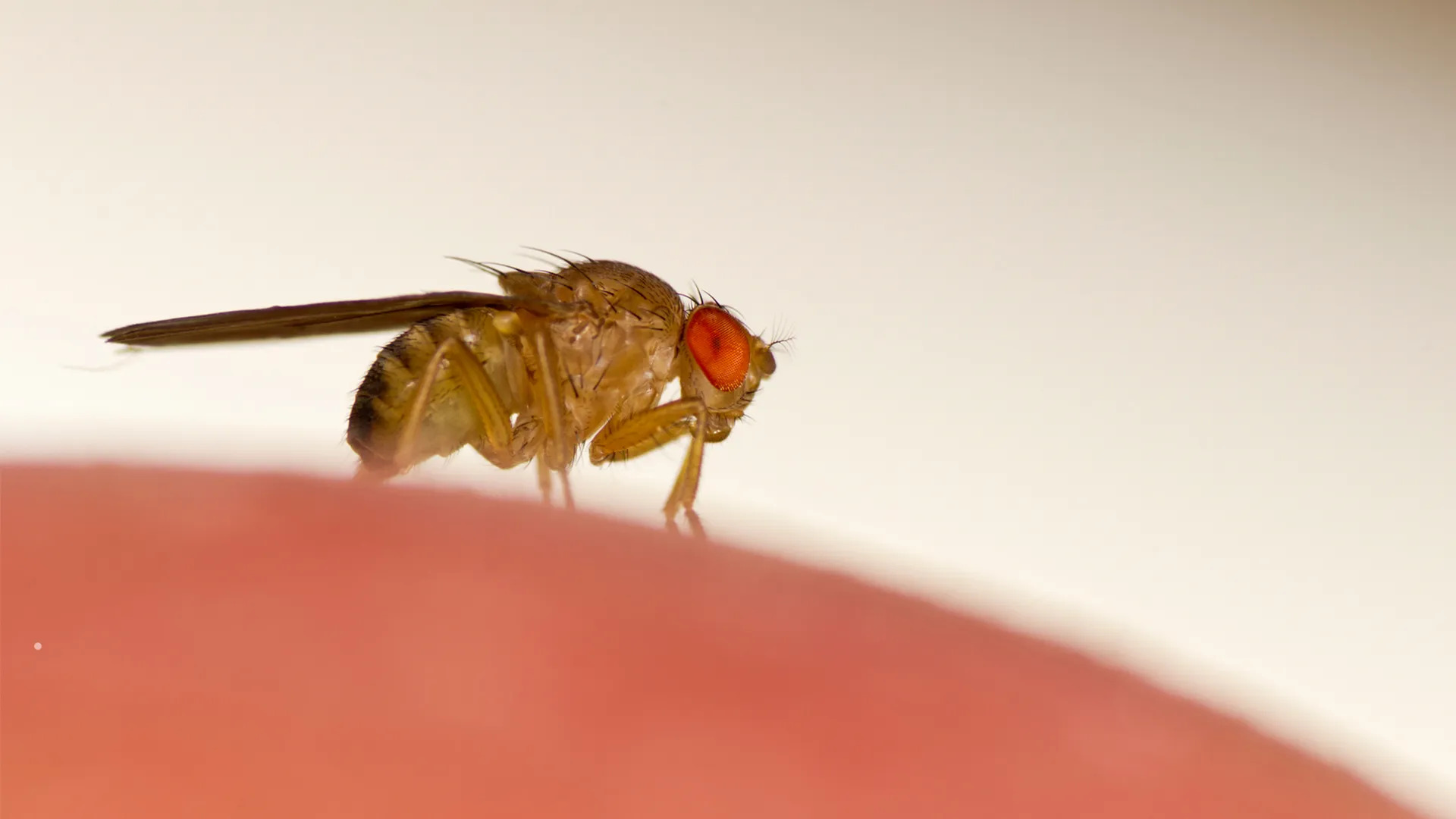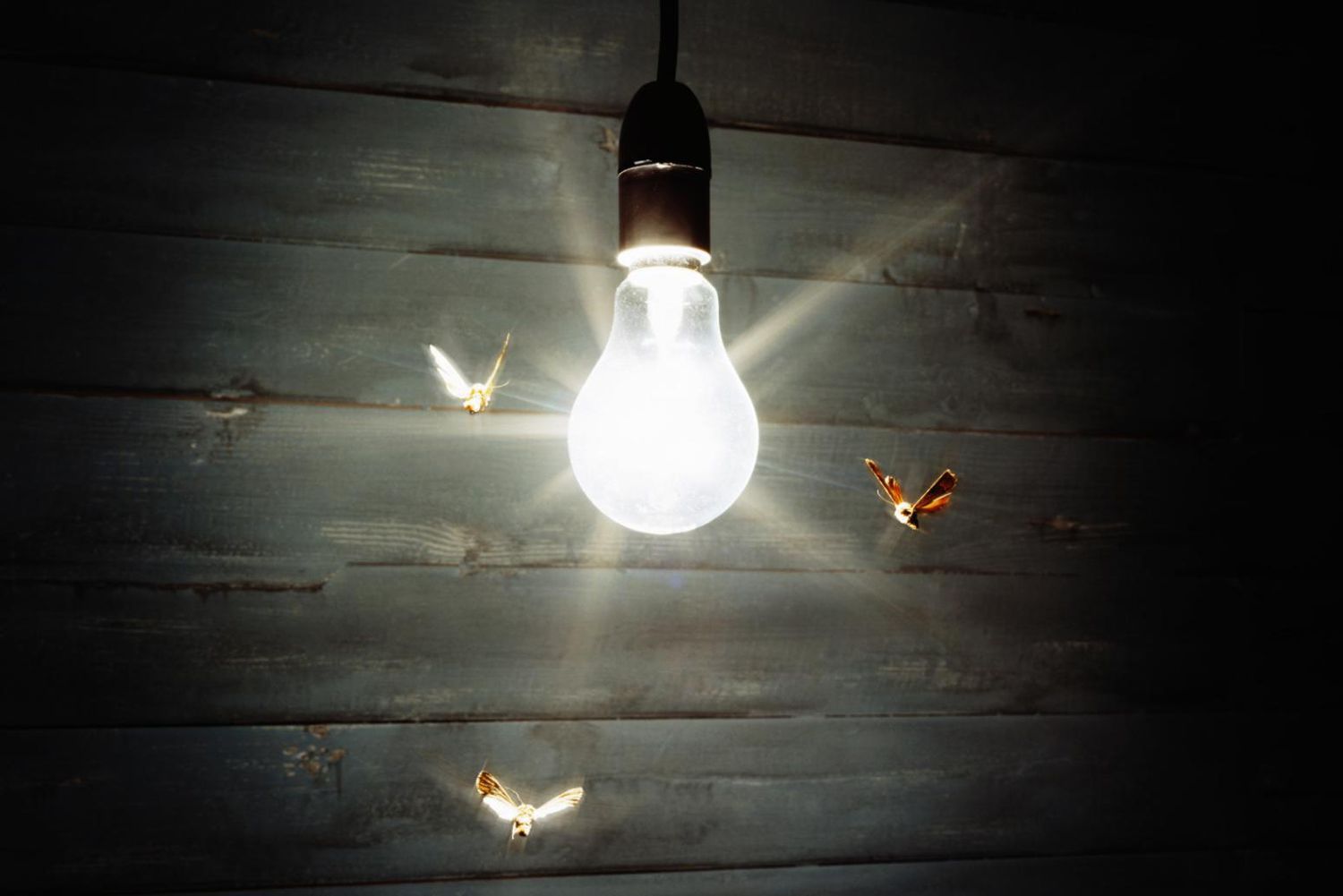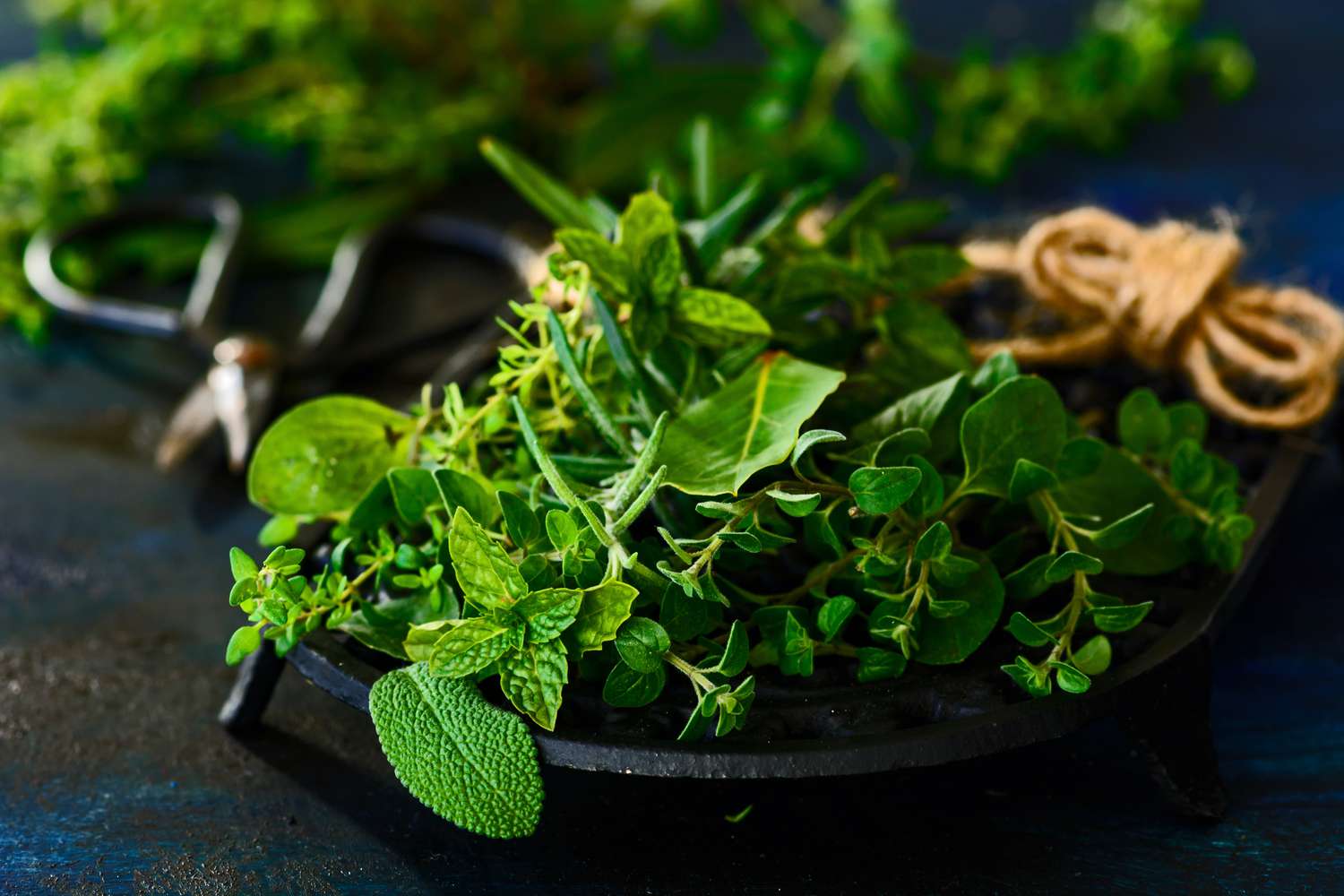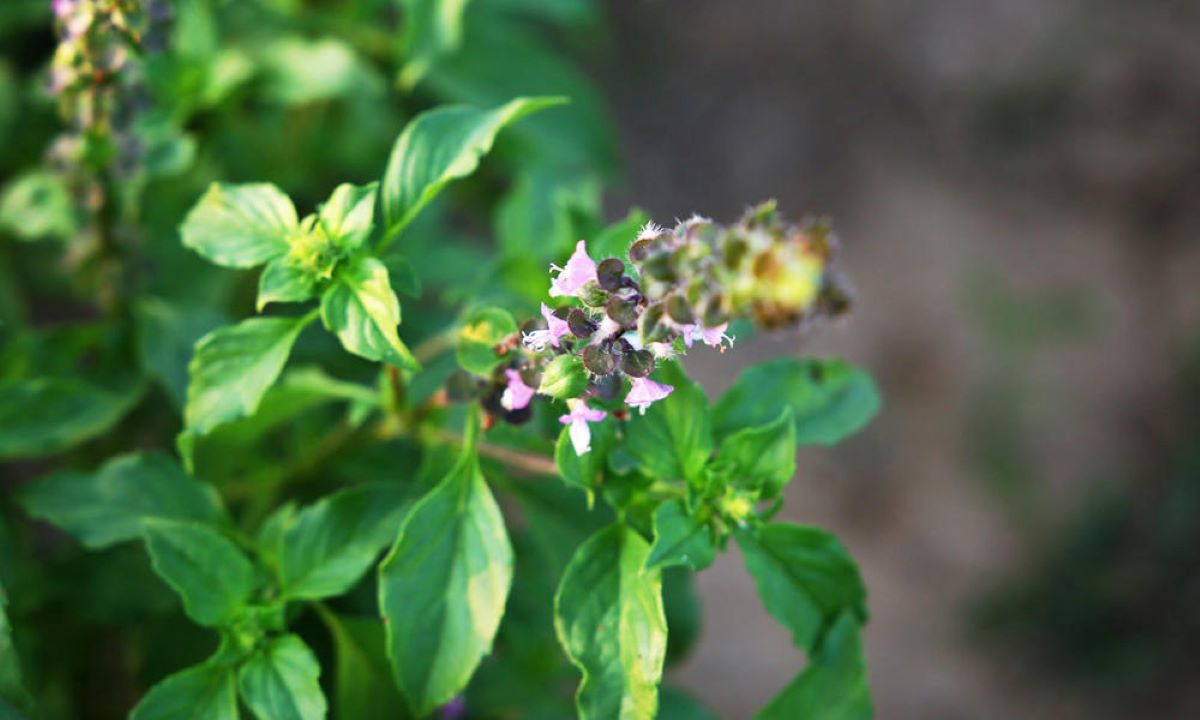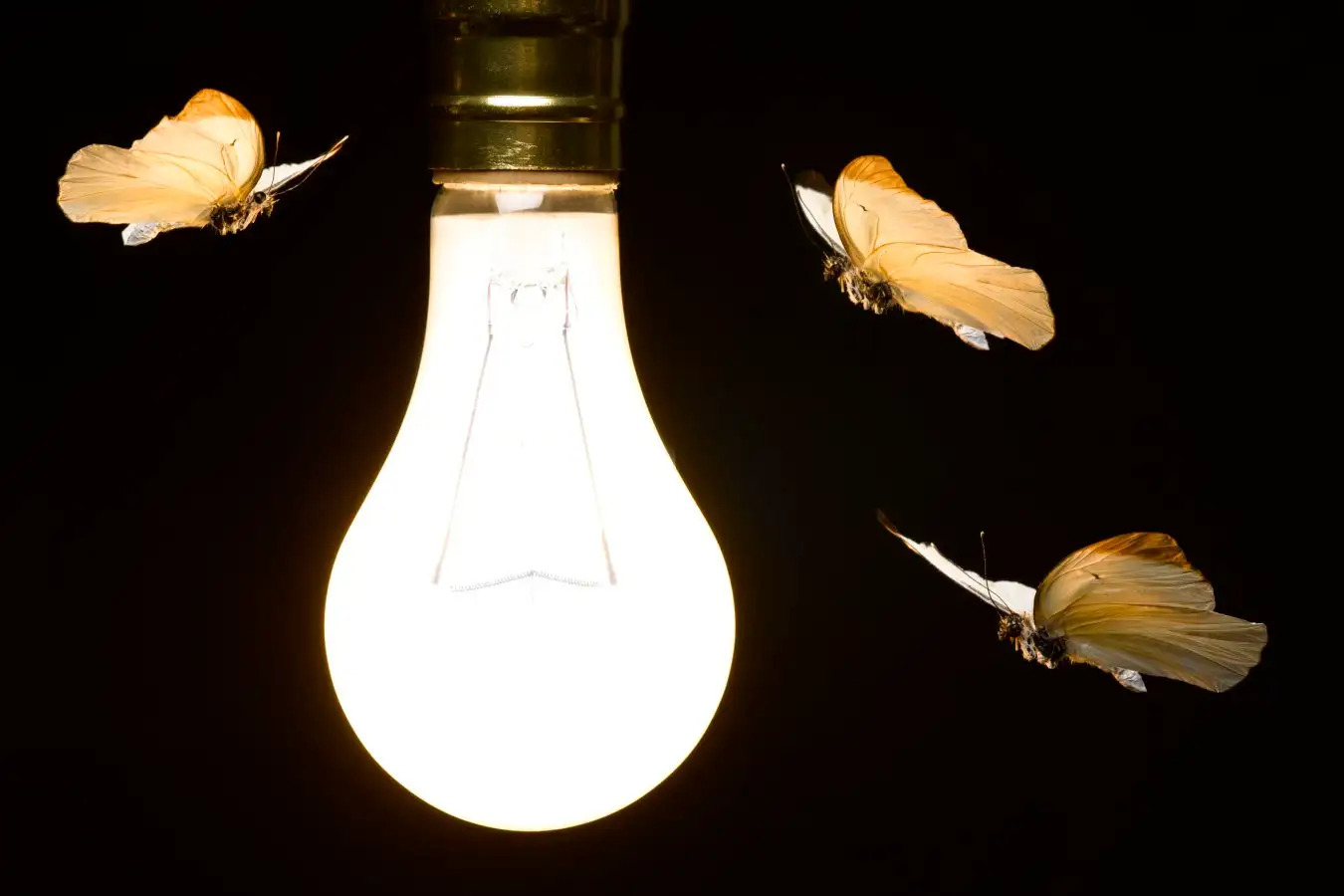Home>Gardening News and Trends>Latest News>What Herbs Attract Butterflies
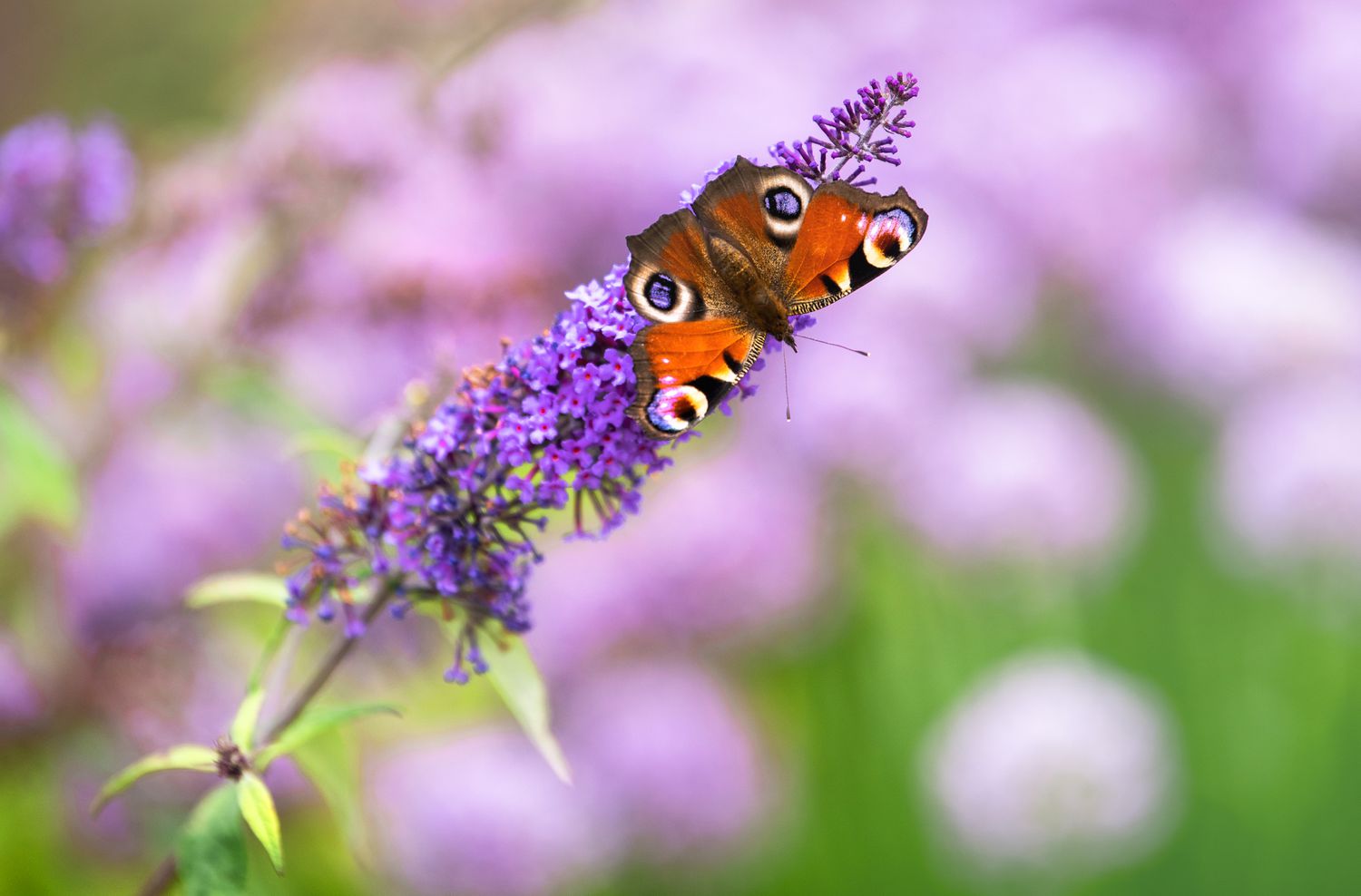

Latest News
What Herbs Attract Butterflies
Modified: January 22, 2024
Discover the latest news on herbs that attract butterflies. Learn about the best herbs to plant in your garden to create a beautiful butterfly sanctuary.
(Many of the links in this article redirect to a specific reviewed product. Your purchase of these products through affiliate links helps to generate commission for Chicagolandgardening.com, at no extra cost. Learn more)
Table of Contents
Introduction
Butterflies are not only beautiful creatures but also play a crucial role in pollinating plants. Attracting butterflies to your garden not only adds a touch of natural beauty but also helps in maintaining a healthy ecosystem. The sight of vibrant butterflies fluttering around is a delight for any nature lover. If you want to create a butterfly-friendly environment, incorporating herbs in your garden is a great way to attract these winged wonders.
In this article, we will explore the importance of attracting butterflies, the factors that attract them, and the specific types of herbs that are known to entice these fascinating insects. Whether you have a large garden or a small balcony, cultivating an herb garden that appeals to butterflies is a rewarding and sustainable activity.
By choosing the right herbs and creating a habitat that meets their needs, you can not only enjoy the beauty of butterflies but also contribute to their survival. So, let’s delve into the world of butterfly-friendly herbs and find out how to create a haven that will attract these delicate creatures to your garden.
Importance of Attracting Butterflies
Attracting butterflies to your garden is more than just a visual treat. These enchanting creatures serve a vital role in the ecosystem and have several benefits that make them a welcome addition to any outdoor space.
First and foremost, butterflies are important pollinators. Just like bees, they transfer pollen from one flower to another, aiding in the fertilization process. This helps plants reproduce and ensures the continuation of their species. Without the pollination efforts of butterflies, many plants, including food crops, would struggle to survive.
Moreover, butterflies are indicators of a healthy environment. They are sensitive to changes in their habitat, and their presence or absence can provide valuable insights into the overall health of the ecosystem. If butterflies are thriving in your garden, it indicates that there is a diverse range of plants and an abundance of food sources available.
Another key reason to attract butterflies is their contribution to biodiversity. Each species of butterfly has specific host plants that they lay their eggs on and feed their caterpillars. By providing a variety of native plants in your garden, you can create a habitat that supports different butterfly species at various stages of their lifecycle.
Additionally, butterflies add aesthetic beauty to the surroundings. They come in an array of colors and patterns, brightening up any garden or outdoor space. Their graceful flight and delicate presence create a serene and peaceful atmosphere that can be enjoyed by people of all ages.
So, by attracting butterflies to your garden, you are not only helping these delicate creatures but also contributing to the health and balance of the ecosystem. Creating a welcoming environment for butterflies is a small step towards preserving nature and ensuring the sustainability of our planet.
Factors that Attract Butterflies
Butterflies are attracted to specific factors in their environment, and understanding these factors can greatly increase your chances of successfully attracting them to your garden. Here are some key factors that attract butterflies:
- Flowers: One of the main attractions for butterflies is a garden filled with nectar-rich flowers. Butterflies have a keen sense of smell and are attracted to fragrant flowers that produce abundant nectar. Opt for a variety of flowers in different colors and shapes to cater to a wide range of butterfly species.
- Host Plants: Butterflies lay their eggs on specific host plants, which serve as food sources for their caterpillars. Research the native butterfly species in your area and find out which plants they rely on. By including these host plants in your garden, you can create a suitable habitat for butterflies to reproduce and complete their lifecycle.
- Sunlight: Butterflies are cold-blooded insects and require sunlight to warm their bodies in order to fly. Ensure that your garden has areas with both sun and shade so that butterflies have options to soak up the warmth or seek shelter from excessive heat.
- Water Sources: Like all living creatures, butterflies need access to water. Providing a shallow dish or a small water feature in your garden can serve as a drinking spot for butterflies. Add some stones or pebbles for them to perch on while drinking, to prevent drowning.
- Shelter: Butterflies seek shelter from strong winds and predators. Planting shrubs, trees, or even a butterfly house can provide them with a safe place to rest and take refuge during unfavorable weather conditions.
- Avoid Pesticides: Chemical pesticides can be toxic to butterflies and other beneficial insects. Choose natural pest control methods or opt for organic gardening practices to ensure a safe and welcoming environment for butterflies.
By creating a garden that meets these key factors, you will significantly increase the chances of attracting a variety of butterfly species. Remember to be patient, as it may take some time for butterflies to discover and frequent your garden. With careful planning and attention to these factors, you can enjoy the presence of butterflies in your outdoor space.
Native Herbs for Attracting Butterflies
When it comes to attracting butterflies, incorporating native herbs in your garden is an excellent strategy. Native herbs provide familiar food sources and habitats for local butterfly species. Here are some native herbs known to attract butterflies:
- Milkweed: Milkweed is a must-have herb for attracting monarch butterflies. Monarch caterpillars feed exclusively on milkweed leaves, making it an essential part of their lifecycle. Planting different varieties of milkweed, such as common milkweed (Asclepias syriaca) or butterfly weed (Asclepias tuberosa), will attract monarchs.
- Goldenrod: Goldenrod (Solidago spp.) is a beautiful perennial herb that is highly attractive to various butterfly species. Its vibrant yellow blooms provide ample nectar for butterflies to feed on.
- Purple Coneflower: Purple coneflower (Echinacea purpurea) is not only a stunning addition to any garden but also a magnet for butterflies. Its bright purple flowers are a favorite nectar source for many butterfly species, including the eastern tiger swallowtail.
- Bee Balm: Bee balm (Monarda spp.) is a native herb that attracts a wide range of pollinators, including butterflies. Its colorful flowers and fragrant aroma make it irresistible to these delicate creatures.
- Joe-Pye Weed: Joe-Pye weed (Eutrochium spp.) is a tall perennial herb that produces clusters of pink or purple flowers. It is a favorite nectar source for butterflies like the eastern swallowtail and is known to provide a valuable late-season food supply.
These are just a few examples of native herbs that attract butterflies. Research the native herbs in your region and choose ones that are suitable for your garden’s growing conditions and the specific butterfly species you hope to attract. By incorporating these native herbs, you create a natural and inviting environment for butterflies to thrive.
Non-Native Herbs for Attracting Butterflies
While native herbs are the ideal choice for attracting butterflies, there are also non-native herbs that can serve as valuable food sources and habitats for these fascinating insects. Here are some non-native herbs that are known to attract butterflies:
- Lavender: Lavender (Lavandula spp.) is a popular herb with fragrant flowers that attract butterflies and other pollinators. Its vibrant purple blooms and delightful scent make it a charming addition to any garden.
- Salvia: Salvias, such as the common sage (Salvia officinalis) or the ornamental sage (Salvia splendens), are non-native herbs that attract various butterfly species. Their elongated flower spikes produce abundant nectar, making them a favorite among butterflies.
- Verbena: Verbena (Verbena spp.) is a non-native herb with clusters of small, colorful flowers that butterflies find irresistible. Varieties like the verbena bonariensis provide a valuable nectar source throughout the summer months.
- Agastache: Agastache, also known as hyssop or hummingbird mint, is a non-native herb that not only attracts hummingbirds but also butterflies. Its tubular flowers come in various shades and provide ample nectar for these winged beauties.
- Borage: Borage (Borago officinalis) is an herb with star-shaped blue flowers that are highly attractive to butterflies. Its nectar-rich blooms make it a popular choice for both gardeners and pollinators.
It is important to note that while non-native herbs can attract butterflies, they may not provide the same level of support for native butterfly species as native herbs do. However, incorporating non-native herbs in your garden can still offer a diverse range of food sources and enhance the beauty of your outdoor space.
When choosing non-native herbs, make sure they are well-suited to your growing conditions and do not have invasive tendencies. Pay attention to the needs of butterflies in your area and provide a mix of native and non-native herbs to cater to their diverse preferences.
Creating a Butterfly-Friendly Herb Garden
Creating a butterfly-friendly herb garden is a rewarding and fulfilling endeavor. By following a few key steps, you can ensure that your garden provides a welcoming and sustainable habitat for butterflies to thrive. Here’s how to create a butterfly-friendly herb garden:
- Choose the Right Location: Select a sunny spot for your herb garden, as butterflies require ample sunlight to warm their bodies and facilitate flight. Ensure that the area is sheltered from strong winds to create a calm and inviting environment.
- Include a Variety of Herbs: Plant a diverse range of herbs to cater to the different preferences of butterfly species. Include both native and non-native herbs that are known to attract butterflies and provide a variety of colors, shapes, and scents.
- Plant Host Plants: Research the butterfly species in your region and include host plants that they rely on for laying eggs and feeding caterpillars. This will help support the entire lifecycle of butterflies in your garden.
- Create a Nectar-Rich Environment: Plant a mix of flowering herbs that produce abundant nectar to serve as a food source for adult butterflies. Choose herbs with different blooming times to provide a continuous supply of nectar throughout the growing season.
- Add Water Sources: Butterflies need access to water for drinking. Place shallow dishes or small saucers filled with water in your garden. Add some flat stones or pebbles for butterflies to perch on while drinking.
- Provide Shelter: Plant shrubs, trees, or erect a butterfly house to provide shelter for butterflies during extreme weather conditions and to protect them from predators.
- Avoid Chemicals: Avoid using chemical pesticides or herbicides in your herb garden, as they can be harmful to butterflies and other beneficial insects. Opt for natural pest control methods and practice organic gardening to maintain a safe and healthy environment.
By incorporating these practices in your herb garden, you will create an inviting space that attracts a diverse array of butterfly species. Remember to observe and appreciate the beauty of the butterflies while allowing them to freely interact with the herbs and flowers in their natural habitat.
Maintaining a Butterfly Habitat
Creating a butterfly habitat is just the beginning. To ensure a thriving and sustainable environment for butterflies, regular maintenance is necessary. Here are some essential tips for maintaining a butterfly habitat:
- Provide Food and Water: Continue to plant a variety of nectar-rich flowers and host plants to provide a continuous food source for adult butterflies and their caterpillars. Keep the garden well-watered, ensuring that there are water sources available for butterflies to drink from.
- Prune and Deadhead: Regularly prune and deadhead your plants to promote healthy growth and encourage continuous bloom. Remove any diseased leaves or spent flowers to prevent the spread of disease and maintain a clean garden environment.
- Control Invasive Species: Monitor your garden for any invasive plant species that may outcompete or harm the native plants that butterflies rely on. Remove invasive species promptly to prevent them from taking over your butterfly habitat.
- Provide Shelter and Protection: Maintain shrubs and trees that offer shelter and protection to butterflies. Regularly inspect butterfly houses or structures and repair any damages to ensure they continue to provide a safe haven for butterflies.
- Manage pests naturally: If you encounter pests in your butterfly garden, prioritize natural and organic pest control methods. Avoid using chemical pesticides that can harm butterflies and other beneficial insects.
- Stay Educated: Stay informed about the butterfly species in your area, their lifecycle, and their habitat requirements. Continue to educate yourself on best practices for butterfly conservation and implement them in your garden.
- Observe and Record: Take time to observe the behavior and interactions of butterflies in your garden. Keep a record or a journal of the different butterfly species you spot and any interesting observations you make. This will not only enhance your own enjoyment but also contribute to citizen science efforts.
Maintaining a butterfly habitat requires ongoing care and attention. By staying proactive and implementing these maintenance practices, you can create an environment that supports the well-being and longevity of butterflies in your garden.
Conclusion
Creating a butterfly-friendly herb garden is a wonderful way to enhance the beauty of your outdoor space while supporting the delicate ecosystem of butterflies. By understanding the importance of attracting butterflies and the factors that appeal to them, you can make informed choices when selecting herbs for your garden.
Native herbs, such as milkweed and goldenrod, are vital for attracting local butterfly species and supporting their lifecycle. Non-native herbs, like lavender and salvia, can also provide valuable food sources and habitats, adding diversity to your garden.
When creating a butterfly-friendly herb garden, factors such as sunlight, water sources, and shelter should be taken into consideration. By providing a variety of nectar-rich flowers and host plants, you can attract different butterfly species and support their needs throughout their lifecycle.
Maintaining a butterfly habitat involves regular care and maintenance, including pruning, controlling invasive species, and managing pests naturally. By staying educated about butterfly species and their requirements, you can create a thriving environment that not only attracts butterflies but also promotes their long-term survival.
In conclusion, by creating a butterfly-friendly herb garden and maintaining it with care, you can enjoy the beauty of these enchanting creatures and contribute to the preservation of an essential part of our ecosystem. So, get your gardening tools ready and embark on the journey of creating a haven for butterflies in your own backyard.
